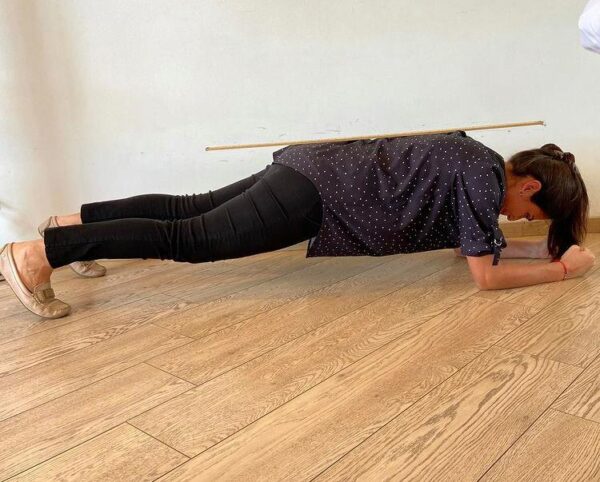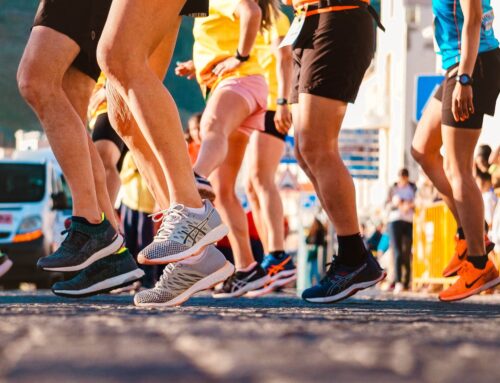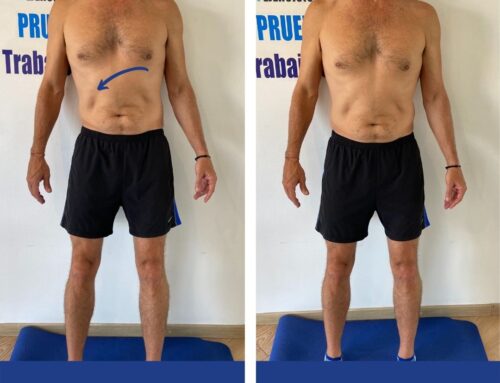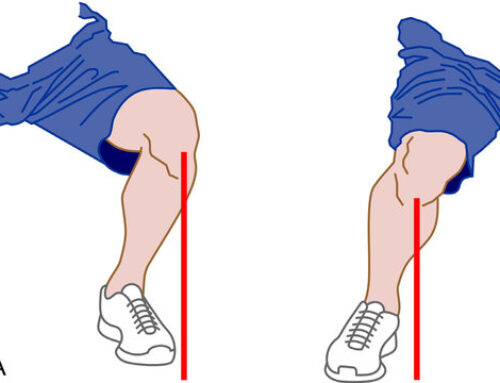How to do a front plank correctly?
Since the pandemic began, many people have turned their attention to try to incorporate certain exercise routines either by visiting a gym or from home. The front plank becomes indisputable in such routines, for its efficiency and characteristics. But to achieve results, correct technique is always needed.
The plank is an anaerobic and isometric torso exercise that consists of holding a difficult position for a prolonged period of time. The most common plank is the front or forearm plank, which is done in a push-up position with the body weight resting on the forearms, elbows and toes.
Muscles involved in the front plank
A plank involves many muscles, which are divided into primary and secondary muscles.
The primary muscles are the following: erector spinae muscle, rectus abdominis muscle (which are the abdominals), and the transverse abdominis muscle.
Secondary muscles are the synergists and stabilizers: the trapezius, the rhomboid muscle, the rotator cuff, the deltoid muscle, the pectoralis major, the serratus anterior muscle, the gluteus maximus muscle, the quadriceps femoris muscle and the gastrocnemius muscle.
The planks are considered one of the most complete exercises for toning the abdomen, waist and shoulder muscles. It is based on the fact that your own weight and resistance will determine the effect on the muscle.
Technique to do it correctly

The best way to check if you are having good posture while doing a front plank is to place a pole on your back. There should be no gap between your back and the stick, your hips should not be lower than shoulder level. This is how you work the entire abdominal girdle and not by compensating with other muscles.
A good technique is for the person to lie face down and support the weight of the body on the forearms. Rear support area will be the tip of the toes. Arms should be kept bent outward and straight.
The shoulder blades should be kept tight and the back extended so that the body is completely upright or parallel to the ground. Thighs should be pressed upward while the heels are stretched.
Since the pandemic began, many people have turned their attention to try to incorporate certain exercise routines either by visiting a gym or from home. The front plank becomes indisputable in such routines, for its efficiency and characteristics. But to achieve results, correct technique is always needed.
The plank is an anaerobic and isometric torso exercise that consists of holding a difficult position for a prolonged period of time. The most common plank is the front or forearm plank, which is done in a push-up position with the body weight resting on the forearms, elbows and toes.
Muscles involved in the front plank
A plank involves many muscles, which are divided into primary and secondary muscles.
The primary muscles are the following: erector spinae muscle, rectus abdominis muscle (which are the abdominals), and the transverse abdominis muscle.
Secondary muscles are the synergists and stabilizers: the trapezius, the rhomboid muscle, the rotator cuff, the deltoid muscle, the pectoralis major, the serratus anterior muscle, the gluteus maximus muscle, the quadriceps femoris muscle and the gastrocnemius muscle.
The planks are considered one of the most complete exercises for toning the abdomen, waist and shoulder muscles. It is based on the fact that your own weight and resistance will determine the effect on the muscle.
Technique to do it correctly

The best way to check if you are having good posture while doing a front plank is to place a pole on your back. There should be no gap between your back and the stick, your hips should not be lower than shoulder level. This is how you work the entire abdominal girdle and not by compensating with other muscles.
A good technique is for the person to lie face down and support the weight of the body on the forearms. Rear support area will be the tip of the toes. Arms should be kept bent outward and straight.
The shoulder blades should be kept tight and the back extended so that the body is completely upright or parallel to the ground. Thighs should be pressed upward while the heels are stretched.





